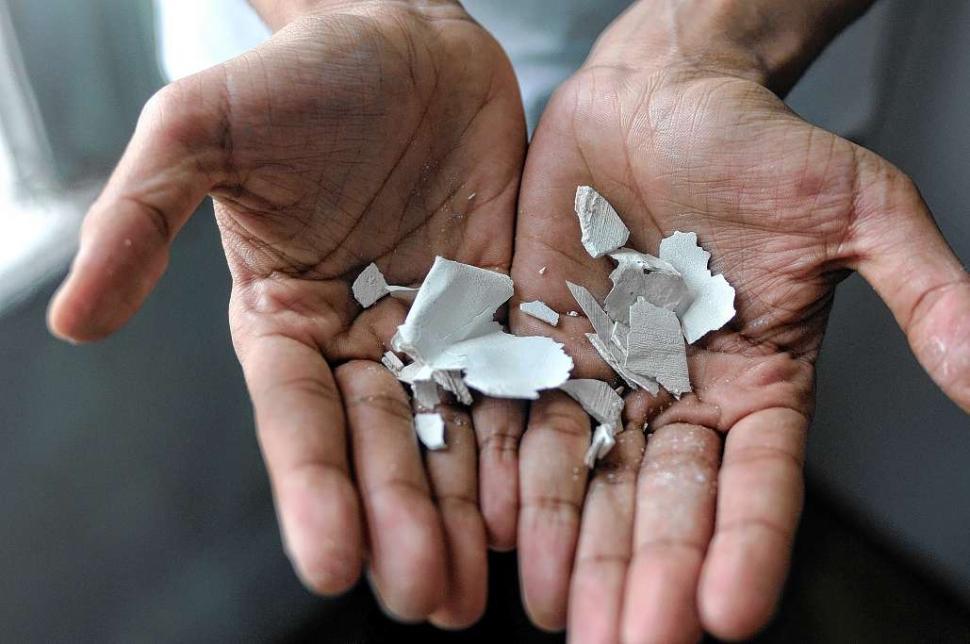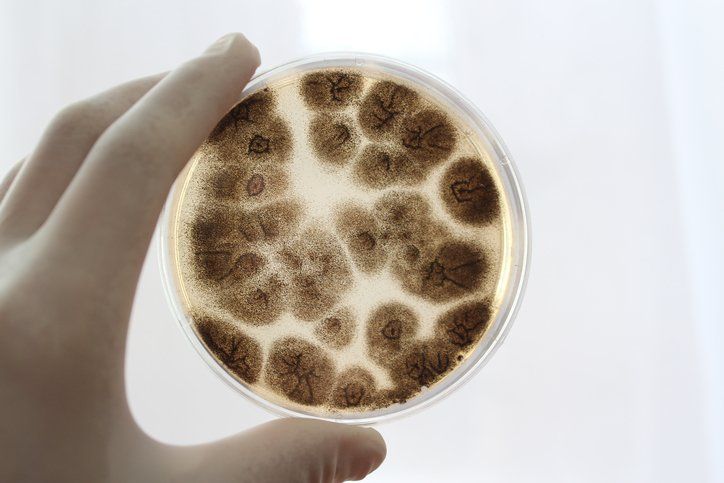The Effects of Mold & The Importance of Testing
Professional mold testing for both commercial and residential properties is extremely important because Americans are exposed to over 200 different species of mold every day. While some of these molds are harmless, there are many that are not.
Indoor mold may be unsightly and smelly, but the potential problems are more serious than that. Actively-growing mold not only has the ability to damage the material it lives on, it can also impair the structural integrity of a building and cause adverse health effects in humans, including allergies and infections.
When toxic mold grows, it contaminates the air quality in your home or business which can profoundly affect your health, your family’s health, or your employee’s health. It can cause symptoms such as coughing, headaches, fatigue, sneezing, wheezing, nausea, and rashes. Those with allergies to mold or those with asthma or chronic lung conditions may have a more intense reaction.
Signs of Mold
- You notice a strange musty or damp smell
- Your property has a history of flooding
- There has been a recent flood in your property
- There are places in the building where water or moisture tends to collect
- There are water leaks in your home/business
The Importance of Mold Testing
Most of the time, indoor mold growth is obvious and visible. However, sometimes it is not, especially if the mold is growing behind walls, ceilings, or floors. It is hard for the untrained eye to determine whether hidden mold growth is extensive, which is why mold testing is necessary.
At Exclusive Testing Labs, Inc., we offer mold testing and remediation services to those in
Manhattan,
Westchester County, NY, and the surrounding communities. If you have noticed any of the above signs, please
get in touch with our team as soon as possible.
Learn more about our mold testing and remediation process
here .







